This module of the Toolkit provides the Survey Team with guidance on administering the WCSS and builds on decisions made in the Planning Module.
We begin this module by first going over some administrative procedures that will enhance the success of the WCSS survey. We then illustrate how the WCSS can be conducted in a variety of settings. Finally, this module describes how to conduct the WCSS, while preventing or responding to potential problems that may be encountered.

Survey Administration Procedures
The Survey Team Leader should prepare a hard copy of the survey administration protocol to use during the WCSS administration. A generic example of one is provided here and also under the Help Menu. As mentioned in the Planning Module, the specifics of the survey administration will vary by site, the extent of human subjects protection required, etc.
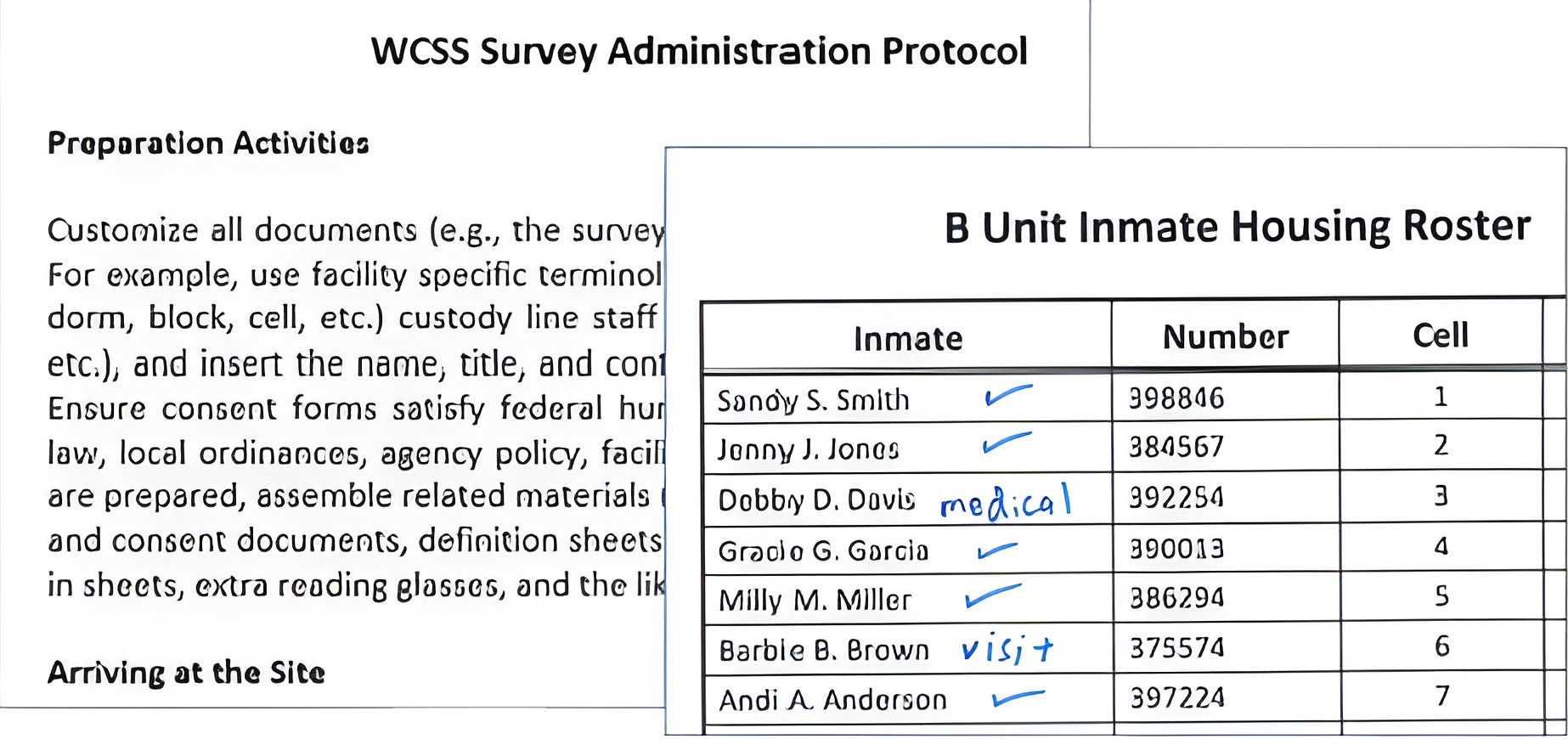
Obtaining the most recent inmate roster is the first step. The inmate roster will be used to for several purposes. It will determine the number of hard copy surveys, information sheets, and where needed, informed consent documents. It will also allow the Survey Team to record inmate participation, and in situations that require the calculation of response rates, it will provide necessary information.
Rosters also allow the Survey Team to record those women who were available and unavailable to be surveyed, as well as to calculate response rates on a pre-prepared form.

The Survey Team Leader should also review a prepared check list of survey materials and documents before leaving for the survey area. We recommend the Survey Team package all survey materials in a box or cart that can be easily transported to the survey area. It's also a good idea to bring a few extra pair of reading glasses for women who may not have their glasses with them.

The WCSS administration process works best with one Team Leader and two Assistants. The two assistants provide support in setting up the survey room, handing out and collecting the surveys, and answering questions. All Survey Team members can read to those who require reading assistance. We also suggest that one of the Assistants be bilingual (English/Spanish).
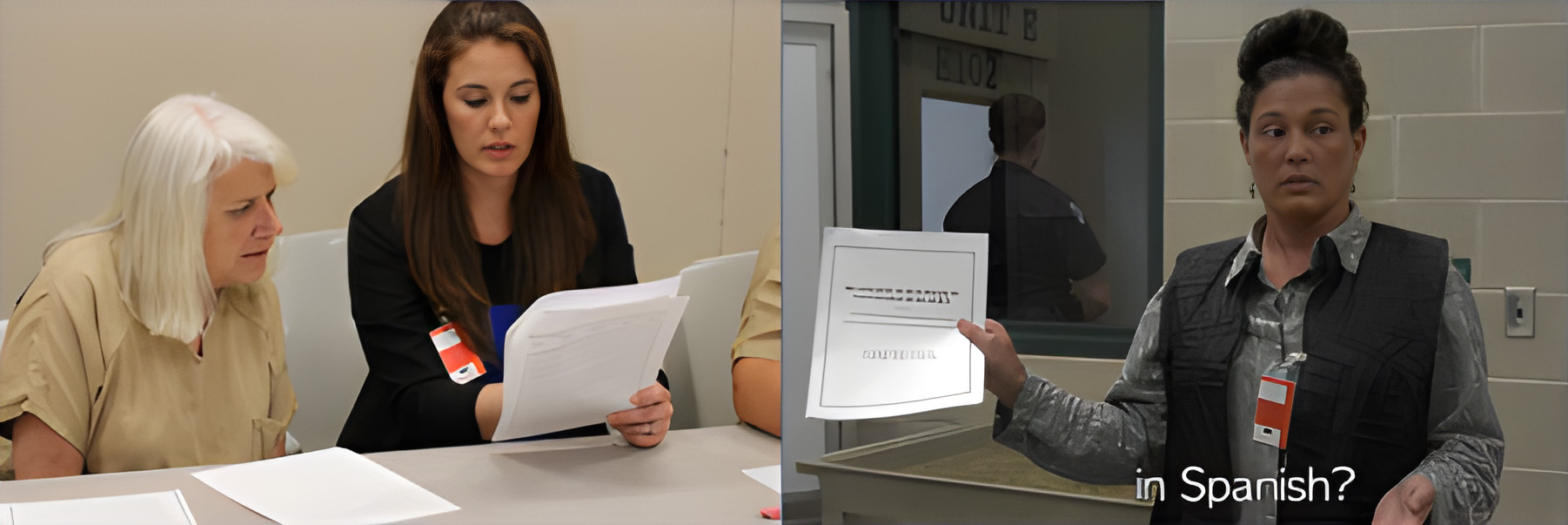
Survey Settings
Setting up the survey space is the next step. As previously mentioned in the Planning Module the WCSS can be successfully administered in just about any housing configuration or setting. These various settings fall into three basic categories.
The first setting occurs when the Survey Team has the opportunity to set up the survey room ahead of time. This arrangement works well in housing configurations where the Survey Team has access to the survey area prior to inmate arrival.
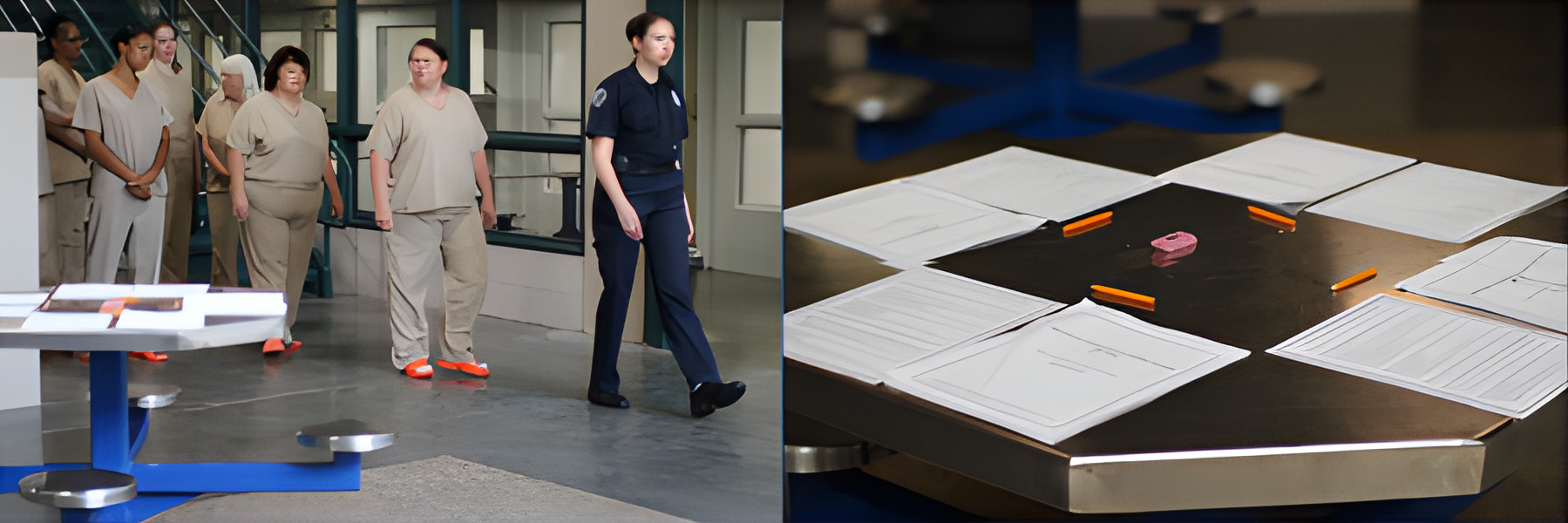
This is the ideal setting and will likely occur with the majority of general population housing unit configurations, regardless of whether the inmates come to the survey location from another building, or from within the same housing unit. As previously mentioned in the Planning Module, the setting could be a dayroom, dining area, visiting area, classroom, gym, etc., in or outside of the housing unit. Spaces with desks, tables and chairs have obvious advantages. The generic Survey Administration Protocol employs this example as it is the most common and desirable setting. Place all of the survey materials, including the survey, definitions sheet, and pencil where the women can complete it in a comfortable and semi-private manner.
If the Survey Team does not have access to a dedicated survey area, the WCSS can be conducted in the various housing units being surveyed. In general population, the Survey Team Leader will most likely deliver the survey and related materials to the women in their housing units. Past WCSS administrations have taken place within living units, eliminating the need for call-outs or inmate movement. If this is the case, the Survey Team Leader, using a loud voice or a PA system, should announce their presence in the housing unit, and then go over the survey orientation. Once the survey orientation is delivered. the Survey Team can begin distributing the surveys.

The third setting involves administering the WCSS to a close security population. Assuming the women are housed in cells with solid doors, communication between the Survey Team and women asked to participate will be customized to the setting. For example, if a PA system is present, the Survey Team Leader can use it to deliver the survey orientation to the celled inmates. However, if a PA system is not available, the Survey Team Leader can deliver the survey orientation using a loud voice in a central location in the housing unit where most of the celled women will be most likely to hear.
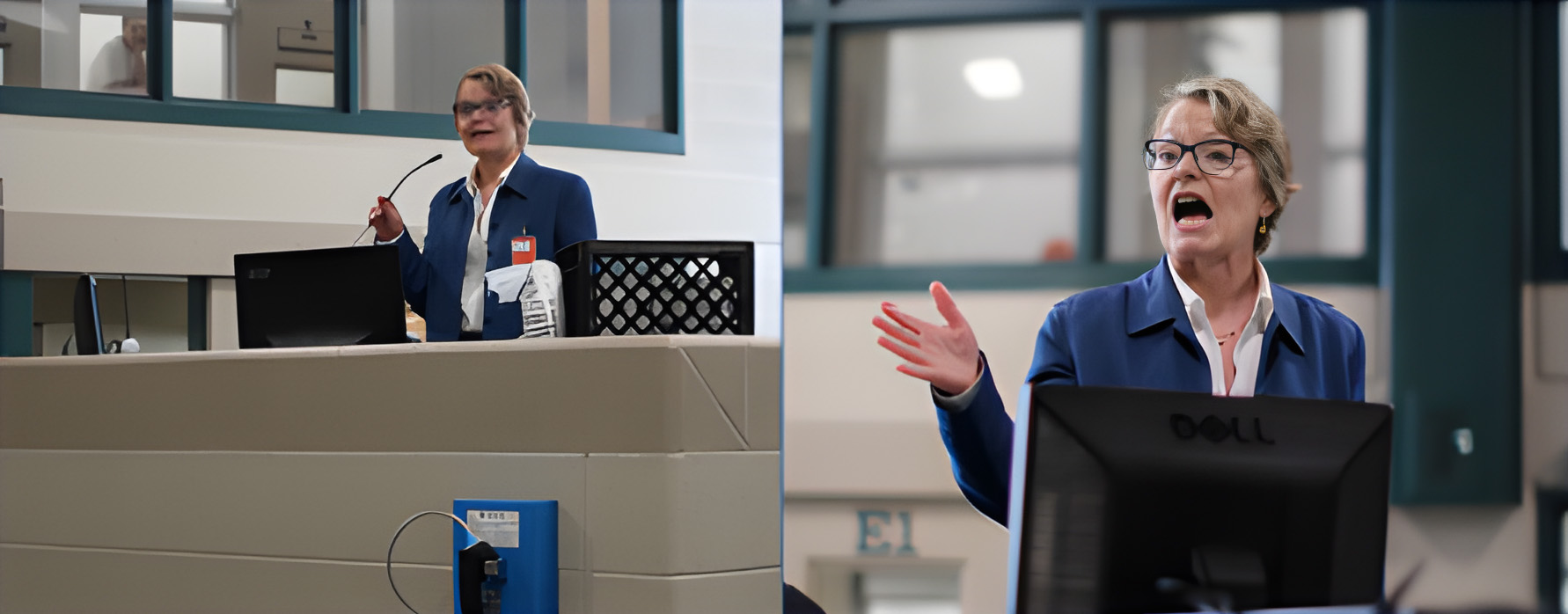
After gaining the women's attention and determining the best way to talk to them in the specific unit, the Survey Team will announce their presence and go over the survey orientation in this manner. Once this is done, the Survey Team can deliver the WCSS survey to each cell location, and slide it through the most practical option, such as through the food tray slot or under the door. Depending on the situation, the Survey Team may have to deliver the orientation to women individually in an abbreviated matter. Since pencils or other writing utensils may be considered contraband, the Survey Team Leader will have to get permission to distribute these with the survey, as well as employ due diligence in keeping track of them.
Specific housing configurations and/or facility policy, practice, or preference will determine where inmates will be surveyed. These options should be discussed in the planning stages.
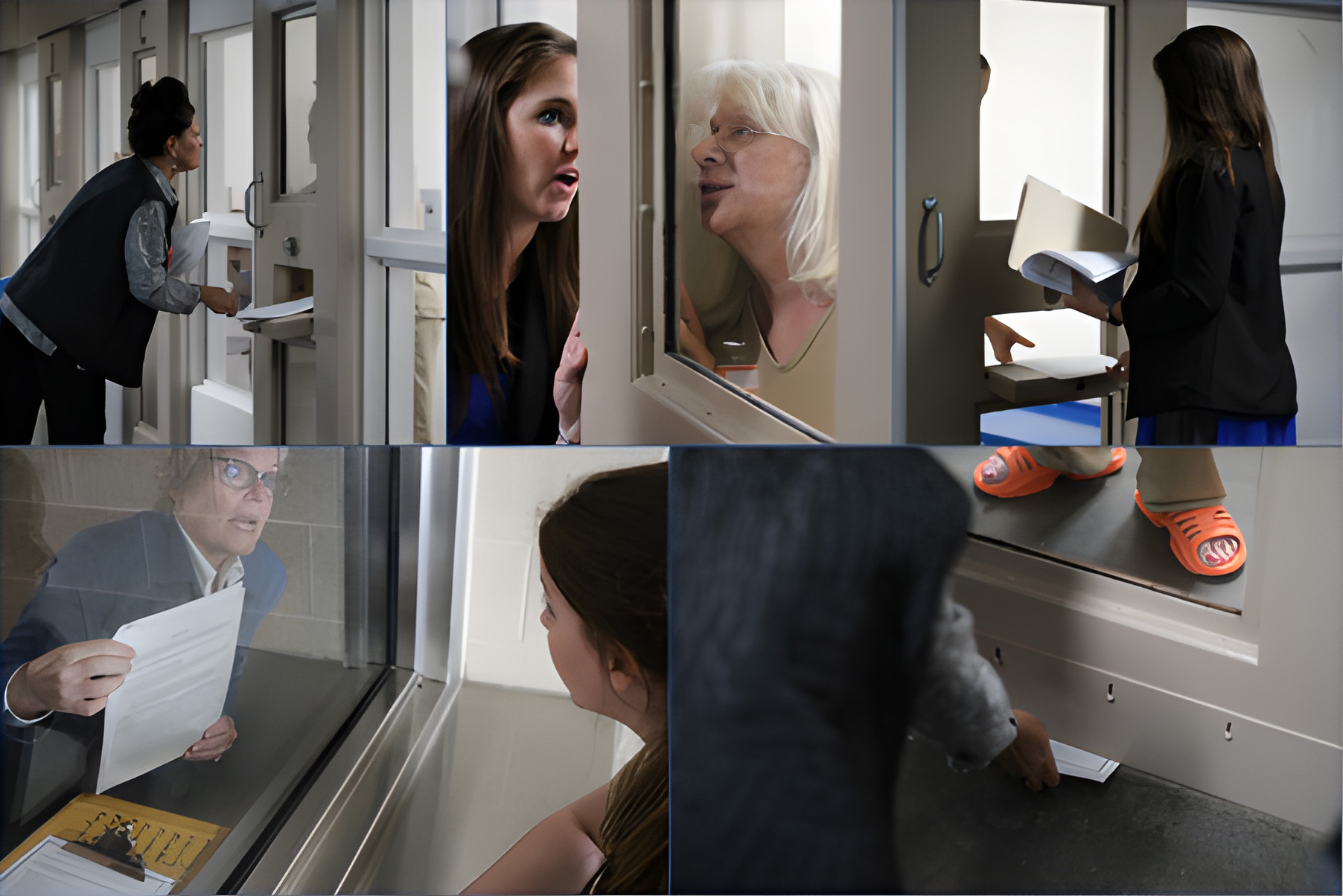
Conducting the Survey
The Survey Team cannot accept the assistance of facility staff while conducting the WCSS. Staff should not be in the immediate area of the survey. Although it may be necessary for staff to be in the same room or unit for security purposes, they should not be close enough to appear intimidating or to read survey forms. Privacy is critical to the success of the WCSS. If staff become too close to survey participants, the Survey Team Leader should speak with them privately.
As women enter the survey area, the Survey Team Leader should welcome them and, where tables or desks are available, explain that they should sit at individual tables for "their comfort and privacy." If tracking response rates is important, the inmate housing roster can be used to check off inmate names as they enter the survey area. If inmates ask questions as they enter the survey area, the Survey Team Leader should respond with a polite request asking them to first listen to the orientation once everyone is seated and settled.
The next step is "making the pitch,'' a short orientation to the WCSS process. Once the group is settled, the Survey Team Leader should thank the women for coming and acknowledge that they have been called away from their regular day routines.
During the survey orientation, the Survey Team Leader should mention the following things to the women:
1. Describe the purpose of the current WCSS survey administration.
Although the specific purpose of a WCSS survey administration will vary greatly, make brief and general mention of why the information is being gathered and how it will be used. Since there is a good chance that the administration of the WCSS is related to the Prison Rape Elimination Act (PREA), feel free to remind the women of the purpose of PREA. Follow-up with why it is important to get the women's opinion about sexual safety and other forms of safety and conditions. Explain that the information they give can help reduce problems and dangers, and hopefully make the facility and housing unit safer.
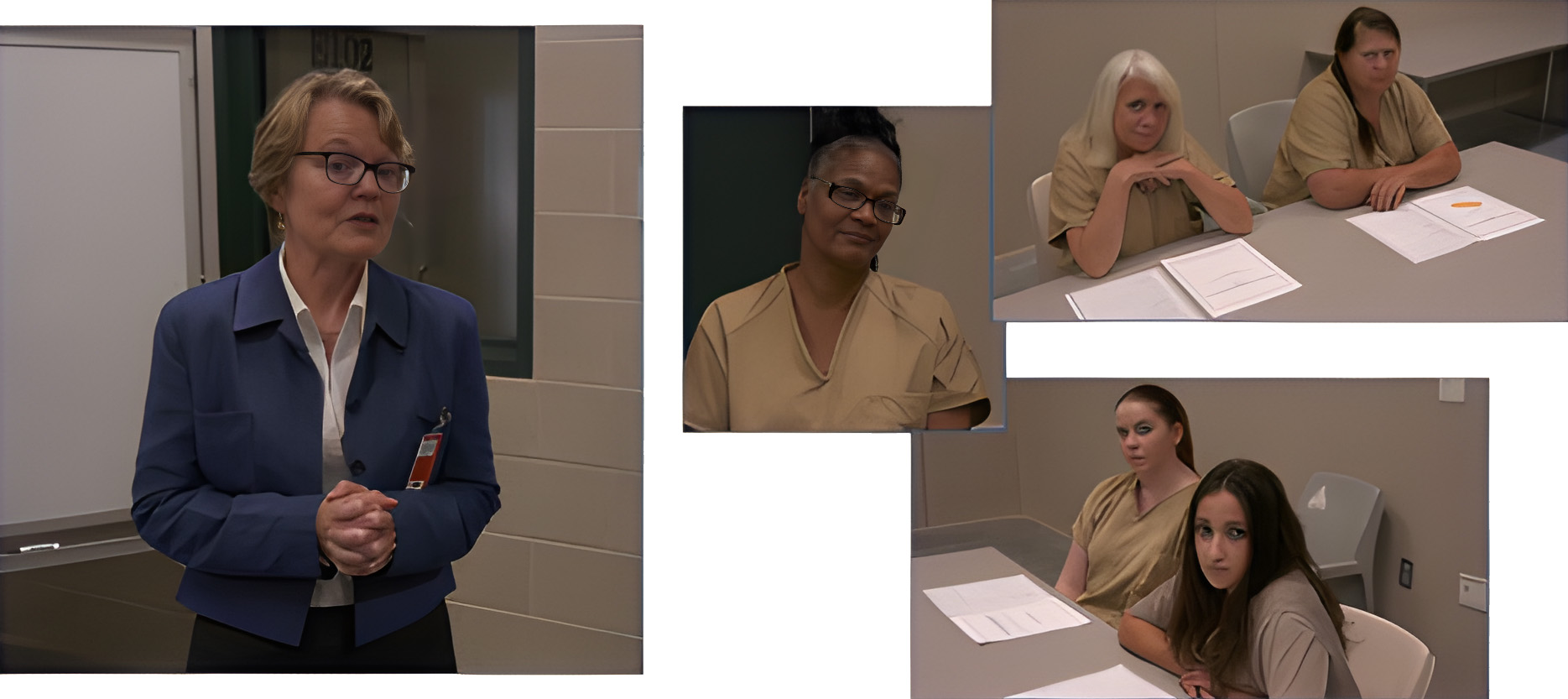
2. Explain what types of questions are on the WCSS Survey.
Briefly mention to the women that the survey includes questions about both inmates and staff. Describe how some of the questions ask the women to rate their view of how big or small a problem may be, as well as the extent to which they agree or disagree with certain statements about safety issues. Mention that the WCSS survey has a couple of open-ended questions where the women can write any concerns they may have about their safety.
3. Explain that the information the WCSS gathers is anonymous.
Emphasize that the WCSS never asks about anything they personally may have done or that has been done to them. Add that it does not ask the women to identify anyone, inmate, or staff, who may have been involved. Inform the women that the WCSS survey is anonymous and that it does not ask for their name. Add that the information each of the women provides on the survey will be combined with other answers from everyone in the housing unit, and that the reports will only talk about the combined information, not individual answers.
4. Conclude with final instructions and a reiteration of privacy.
Stress that when the women are done with the surveys, they will be placed in the envelopes provided, and that their completed survey cannot be linked back to them. Inform the participants that the Survey Team will quickly scan their completed surveys to make sure there are no identifying remarks, or the participant did not unintentionally skip some questions. Also mention that the Survey Team has reading glasses to loan, erasers, etc.
5. Thank the women for listening and remind them that this survey helps their opinion be heard.
Note that while delivering the orientation, the Survey Team Leader can actually be holding a copy of the orientation and referring to it. However, we recommend that the Survey Team Leader only reference the orientation document, and not read directly from it.
As previously mentioned in the Planning Module, a Spanish version of the WCSS has been carefully developed, tested, and successfully administered multiple times to incarcerated women in several jails and prisons throughout the US. It is included in this Toolkit, along with Spanish versions of the Information and Consent Form, the Definitions Sheet, and the Orientation Handout.

Having a Spanish-speaking survey assistant as part of the Survey Team may help increase inmate participation in the survey. The Spanish speaking survey team member can ask the women inmates present, in Spanish, whether or not any of them would prefer the survey orientation delivered in Spanish, as well as if they would like the Spanish WCSS survey materials.

Should a woman unfamiliar with English or Spanish be encountered, facility policy and procedures may allow a bi-lingual inmate familiar with the language of the respondent to translate the survey for them. However, the decision to do this should be carefully examined and reviewed by the correctional administrators and Survey Team leader.
Finally, we conclude with a discussion of potential questions or problems that may arise during the WCSS administration.
Potential Impediments
Often, inmates will ask if they are required to participate in the WCSS survey or raise objections to participating in the survey. If this occurs any time prior to the survey orientation, the Survey Team members can respond with a polite request for the inmate to first listen to the orientation before making a decision about participating in the survey.
Of course, once inmates hear the survey orientation, they will have enough information to make an informed decision about whether or not they want to participate. Again, inmates have the right to decline to participate. For those who decline to participate, thank them for coming. Security provisions at each site will dictate whether the women who decline to participate will be allowed to exit the survey area immediately or be required to wait on the others to finish the survey. However, if they are allowed to leave immediately, peer pressure/groupthink could encourage others to decline to participate and leave as well.
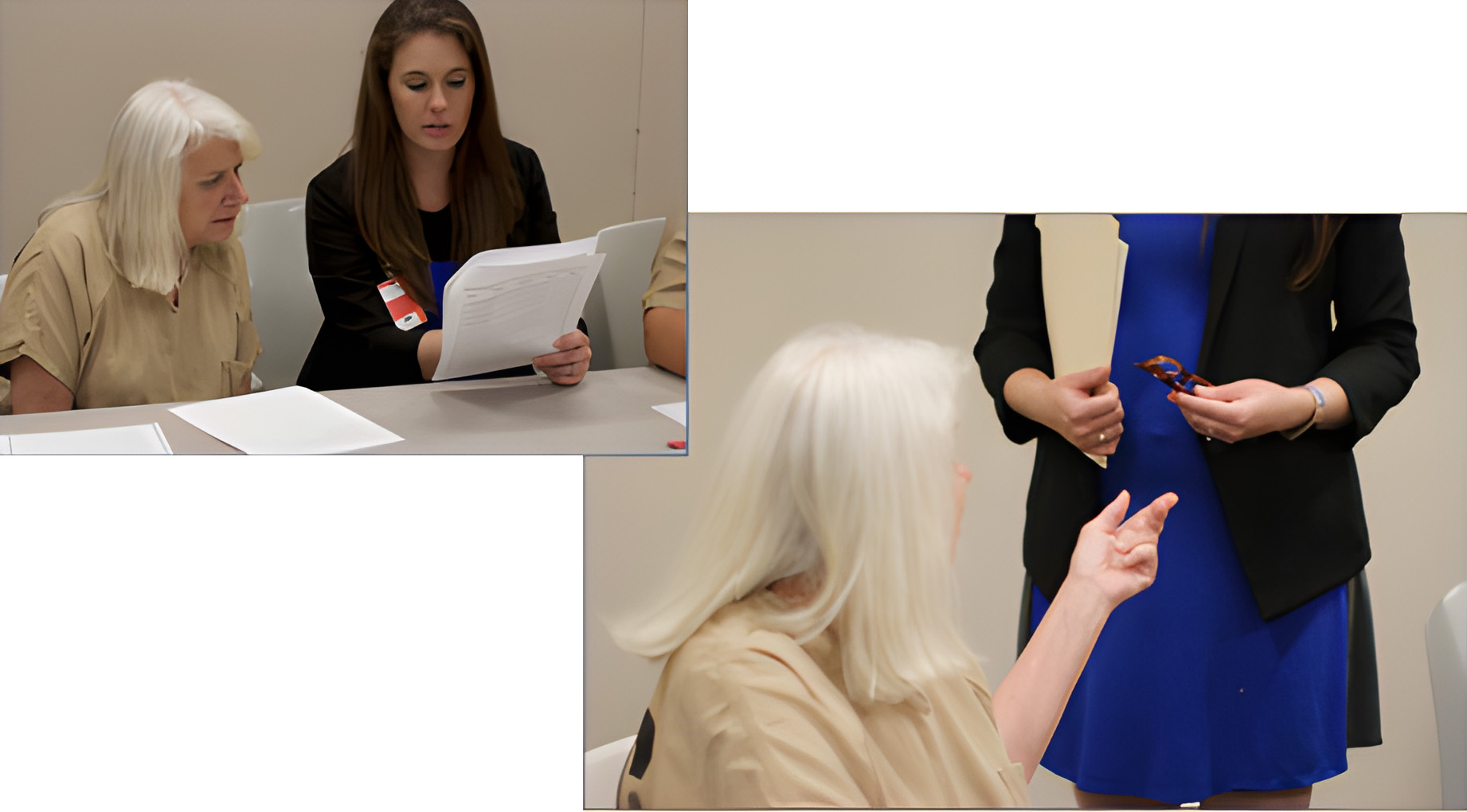
Another potential problem might occur when one or more women say they cannot complete the survey because they do not have their reading glasses. If that is the case, the Survey Team can offer to lend them a pair from the survey supplies. However, the Survey Team should also be sensitive to indications when such comments arise more from literacy issues than vision. The Survey Team can discuss this politely with the inmate and offer reading assistance to those who may be in need of it. Survey Team members should remain alert and be prepared to offer assistance to women who appear to be having difficulty completing the survey.
Another potential problem could occur when a woman has an emotional or negative reaction to one or more of the questions or statements on the WCSS. As discussed previously in the Planning Module, advance planning and precautions taken by the Survey Team Leader can quickly provide an intervention by a counselor, therapist,
or chaplain. Should a woman become upset while taking the survey, remind her that she does not have to complete it, and offer to immediately call someone who can counsel and assist her.
In this section of the Toolkit, we have reviewed some procedures that have led to successful administration of the WCSS in a variety of different settings. We have also discussed some problems that are likely to be encountered when administering the WCSS, as well as providing some guidance on how those problems might be avoided or addressed.

